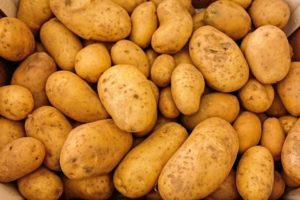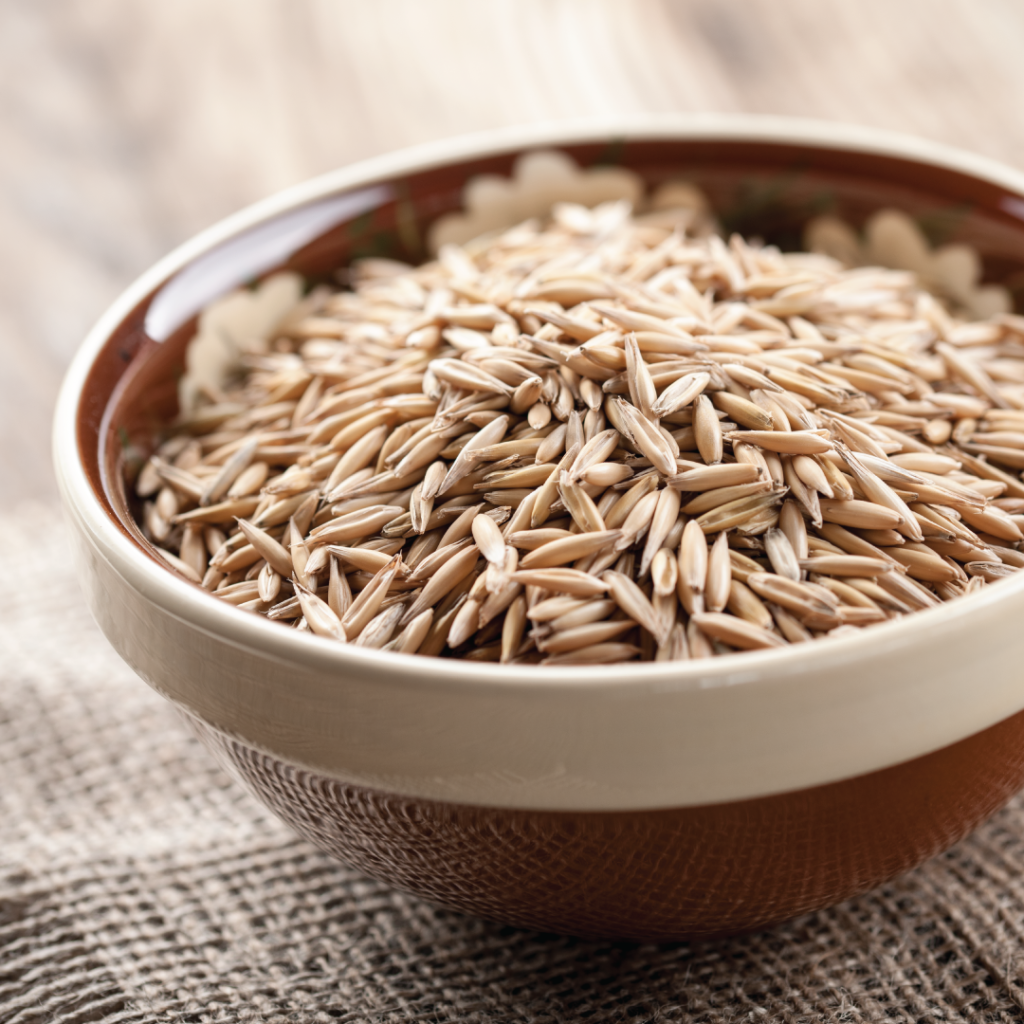Foods have different shelf lives; some can naturally last for months and years when stored properly. Other foods spoil quickly due to high moisture or oil content. However, their lifespan can be extended by drying, adding preservatives, or canning.
Today, there is an increased demand for foods that can last longer due to the present COVID-19 pandemic or increased food insecurity due to changing climatic conditions.
Thus, having long-lasting foods can help you survive off the grid and support your concept of lengthy self-sufficiency.
The article will provide you with a list of foodstuffs that can last for weeks and thus are virtually immortal.

1. Potatoes
They can last 2-5 weeks if you store them in a dry, cool dark place. There are different varieties of potatoes across the world, but irrespective of the type, they can survive longer under the right conditions. It also said that potato varieties like russet, Yukon gold, red Pontiac, Katahdin, and Kennebec can be stored for 4-6 months.
Further, they shouldn’t be stored next to other foods like onion due to the gas and moisture they produce that can cause potatoes to spoil. The two should only come together when cooking, but not when they are raw.
2. Legumes
They include beans, lentils, peas, peanuts, and soybeans, among others. They have an indefinite shelf life if stored when they are dehydrated. Further, canned beans can last up to 6 years; however, you need to check for botulism signs before consuming them.
3. Rice
It’s a typical staple food across the world. Rice can last between 4 to 5 years when stored in the pantry. However, brown rice has a shorter shelf life, which is 6-8 months in the pantry, 8-12 months in the refrigerator, and for several years in the freezer.
4. Powdered Whole Eggs
The egg-cellent option is shelf-stable that can last for 15 years. The product can be bought from a long-term food company.
5. Honey
It has both antibacterial and antiviral properties, and therefore, it can last near infinite due to these properties. On the other hand, honey may become hard, grainy and may change its color with time, but these changes are not signs that it’s spoilt. You can soften it by placing the container in a bowl of warm water and stirring it continuously.
6. Salt
It can last indefinitely as long as it’s stored away from the moisture. Actually, salt is used as a preservative in the process, such as pickling and curing. Thus, it can remain fresh indefinitely when kept in a cool, dry place.
7. Sugar
It can last forever when kept hermetically sealed and with a moisture absorber. This will prevent it from attracting pests like sugar ants or hardening into chunks
8. Powdered Milk
The milk can last between 12 and 18 months. However, powdered milk changes color, flavor, and texture as it ages, but it’s still safe and usable despite the changes. Further, storing milk in moisture absorber packets can help it to survive for more than 20 years.
9. Peanut Butter
The peanut butter sold in stores can last for 2 years when stored in ideal conditions. On the other hand, the powdered peanut butter option can go up to 15 years.
10. Olive Oil
An unopened olive oil bottle that is stored in ideal conditions such as in a dark place can last up to 2 years. However, you will get a rancid taste when the oil goes bad.
11. Coconut Oil
The extra virgin coconut oil can go up to 5 years when the jar remains unopened and kept in a cool, dark place. Don’t eat coconut oil when it has yellow spots or rancid smell. These are signs that the oil has gone bad. Use this oil with a few months after opening the jar.
12. Ghee
It’s obtained by boiling butter for an extended period to remove all the moisture content. Ghee can be stored for 2 years without refrigeration when the jar is stored in a cool, dark place. It will last indefinitely when left in the freezer.
13. Oats
Sealed airtight oats storage containers can stop the absorption of oxygen, and like beans, rolled oat can last upwards of 30 years.
14. Canned Tomatoes
These tomatoes can last up to 2 years if not opened.
15. White and Apple Cider Vinegar
Vinegar is super acidic and is used in pickling. For that reason, its self-preserving nature helps it to last almost indefinitely.
16. Flour
Flour can last for 25 years if stored underground and fewer years on the ground. Its shelf life can be maximized when kept in sealed bags with an oxygen absorber.
17. Dehydrated Fruit
Draining all the moisture content in fruits can cause them to last longer. For instance, dehydrated apples, apricots, and raisins can last as long as 30 years when the drying process is done at home. However, the one purchased at the store will not last that long due to the reabsorbed moisture during packaging. Alternatively, you can buy directly from the long-term storage food companies.
18. Dried Corn
The grain can last up to 15 years as long as it’s freeze-dried to eliminate moisture. Popcorn can last indefinitely as long as they are stored in airtight containers.
19. Canned Tuna
All canned foods like fish, meat, and vegetables can last up to 5 years. Canning makes fish sterile, thus keeping bacteria away. However, you shouldn’t eat fish from a can that is either leaking or bulging due to a higher likelihood of contamination.
20. Dried Meat
Meat jerky can last 1-2 years when drained off all the moisture. They can be stored in a sealed pouch or container, thus preventing the jerky pieces from reabsorbing moisture that allows bacteria to thrive.
21. Dried Spices and Herbs
Herbs can last 1-3 years when dried and stored correctly. Spices can go for 4 years without losing their flavor when the jar is sealed and stored in a dark, cool place. Some of the common herbs and spices are cinnamon, sage, peppermint, turmeric, basil, Cayenne pepper, ginger, fenugreek, rosemary, and garlic
Bottom Line
The best way of preserving foods is by storing them in airtight containers after draining all the moisture. Keeping foods that are temperature sensitive in a cool dark place helps them to retain their color and flavor.
Other forms of food preservation methods are pickling, curing, dehydrating, pasteurizing, freeze-drying, and canning, among others. These foods can maintain their nutritional value for months and years.
Long-term food storage requires adequate planning because you can’t access these foods now and then. They are kept for an emergency; otherwise you need to store some foods in small containers so that you don’t expose an entire bag to moisture or air as your scope some for daily use.







